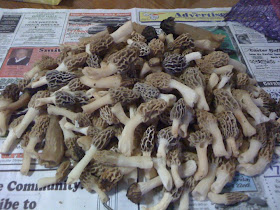Hello to all. Thanks for stopping by my blog site. I hope you find articles and information that is interesting and helpful in your research or entertainment. I have not posted in some time now but rest assured I am working on some new posts for the near future.
As you may have figured out by now my interest in the geology and unique things of Kentucky is the main focus of this blog site. There are many other great sites that equally showcase amazing things from around out state. Some of my favorites are listed in the column on the right side of this page. You will also find links to my book publisher. And there you go, another reason for this site. I do want to promote my book "Swift." I have from time to time promoted the book as a blog entry. Well, I am going to do that again in this post.
 |
| Book Cover |
"Swift" is a historical novel that is a treasure hunt for the legendary lost silver mines of John Swift. I believe this to be the oldest legend of Kentucky that predates statehood and is intertwined with known historic figures and events. For example, James Harrod, the pioneer who founded the first settlement in the Kentucky wilderness disappeared while searching for the mysterious silver mines. John Filson, who wrote the first book about Kentucky filed land claims that in the records declared that the lands he claimed contained the silver mine workings of Swift.
From those days until this very day people have searched the lands of Kentucky and surrounding states hoping to locate the lost treasure. Some of your are among those that have been on this journey and perhaps that is why you visited this site. Thank you for stopping by and I hope that some of the information is helpful to you in your endeavors. Others are interested in various subjects that have been covered, and there have been a wide variety of topics.
 |
| Mining Operation for Kentucky Diamonds |
From the only diamond mine every established in Kentucky to famous land marks such as the Indian Stairway in the Red River Gorge have been presented in past articles. Each another mystery and possibly the clue that keeps the devoted searching on. There are other stories, places and topics covered.
 |
| Indian Stairway steps |
So, please take a look through the archive pages located on the right of this page. You might find something that interests you and perhaps start you on your journey of exploration. And please consider purchasing my book "Swift." You can read an excerpt and securely purchase in paperback or E book from
here. The book is also available here at
Amazon.com or through most major book stores.
 |
| Cliff face that contains the Indian Stairway |
Thanks for stopping by and checking out my blog. And a very special thank you to all that follow this site. New visitors, sign up and follow too. More great adventures coming soon!












